Hollywood is filled with a plethora of films of a variety of genres. Action, comedy, noir... the list goes on. Each genre of film has a different story to tell. It is hard to find a common denominator with all of them. But there are a few similarities, one of which are their usage of film trailers. Film trailers have been around for years as to reach the eyes and grab the attention of potential viewers. Many decades ago, movie trailers were only able to be visible in cinemas. But as more technological advances were made, movie studios had to think of new ways to take on new forms of media. And as we reach the turn of the decade, a question still lingers: are movie trailers necessary anymore?
The quick and simplest answer is yes, we still need movie trailers. It would be a lot more difficult for a movie studio's marketing department to spread the word about a film if no preview of the film was provided. However, with the growing rate of people not watching their televisions to catch a glimpse of tv spots, Hollywood had to evolve. A survey conducted by Statista.com found that between 2013 and 2017, the average person has 7.6 social media accounts. Today, there are a plethora of sites that let someone share their life with the world. Instagram, Twitter, YouTube, Facebook and more dominate a lot of people's time while they scroll on their phones. These commercial conglomerates recognize this as a perfect opportunity to advertise. They see potential in the dozens of eyes glued to a screen, scrolling and liking post after post, video after video. That is why when a movie trailer drops, one sees it all over Twitter, Facebook, YouTube and other sites as the studio reposts the trailer again and again. Not only does the trailer drop, but a teaser trailer for that trailer also makes its way onto our screens. It may sound stupid on paper, but it creates a media buzz and that buzz is the goal for marketing teams. However, too many trailers produced for one film become a problem and this can cause some nasty side effects.
There is a debate on whether or not film studios show too much footage in trailers. Shockingly, a film trailer isn't actually cut by the actual film's editor. The studio sends a bunch of completed footage to an off-site location. From there it is up to the editor that day to decide what shots would catch the eye of the general audience. They are meant to show footage that will attract the audience into theater seats. But sometimes the price of that is ruining the narrative of the film. An example of this is 2018's "Spider-Man: Homecoming." In the second theatrical trailer, if someone really pays attention, they are able to figure out how the plot will turn out. The trailer spoils the climax of the film where the protagonist Peter Parker loses the biggest opportunity given to him. Sure, the actual contexts of the scenes were not given, but the twist was still shown. So now the question becomes, how do movie studios combat this? Or better yet, is there a way to combat this?
We live in a digital age filled with people who grew up watching movies, recognizing the same story beats and clichés that come with a film. With the growing rate of people not wanting to watch movie trailers to avoid spoilers, film studios need to start pushing out new and creative trailers as well as new and creative stories. And some studios and films have—for example, "Avengers: Infinity War" (2018) played with the CGI seen in trailers to avoid any spoilers. Another example is "The Quiet Place" (2018); the trailer uses only sound and music to attract the audience's attention and does not spill actual spoken dialogue. So a more intellectual answer to the big question above is yes, movie trailers are still needed today, but they are needed in a way that does not (A) ruin the film's plot and (B) hooks the audience into those theater seats. For every great film, there's a great trailer that goes along with it.





 people sitting on chair in front of computer
people sitting on chair in front of computer

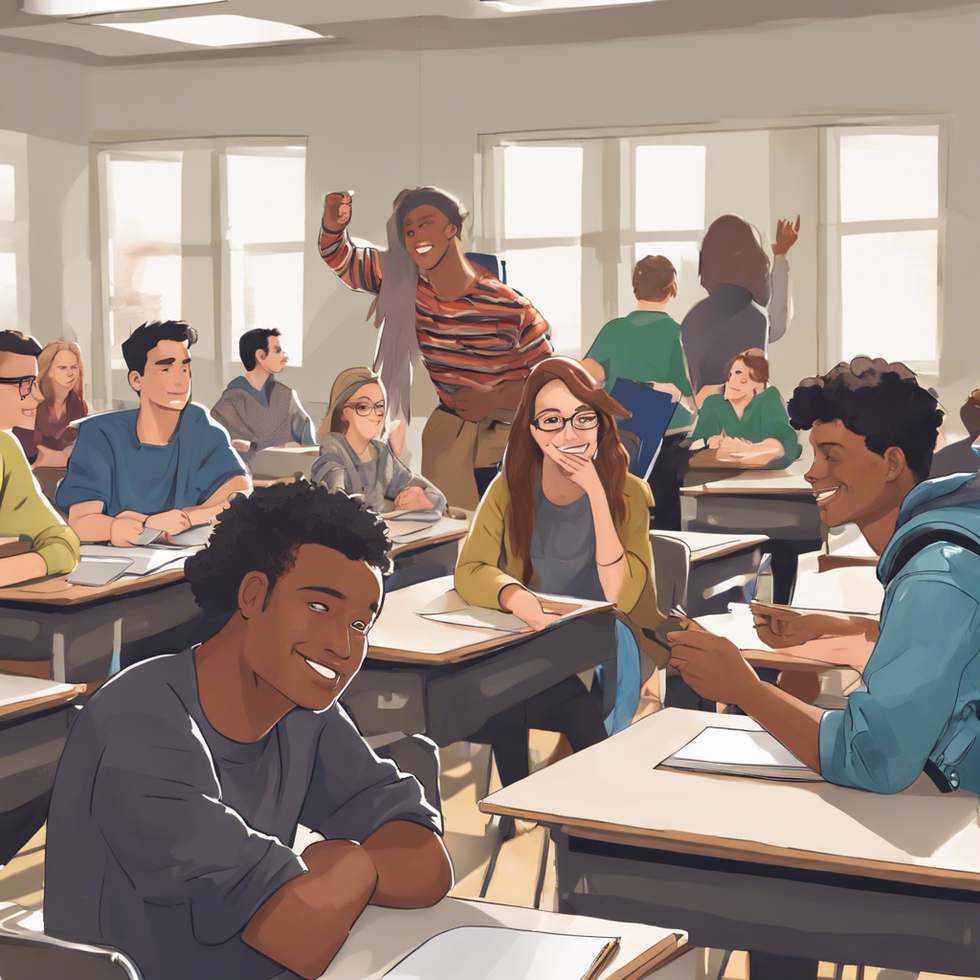

 all stars lol GIF by Lifetime
all stars lol GIF by Lifetime two women talking while looking at laptop computerPhoto by
two women talking while looking at laptop computerPhoto by  shallow focus photography of two boys doing wacky facesPhoto by
shallow focus photography of two boys doing wacky facesPhoto by  happy birthday balloons with happy birthday textPhoto by
happy birthday balloons with happy birthday textPhoto by 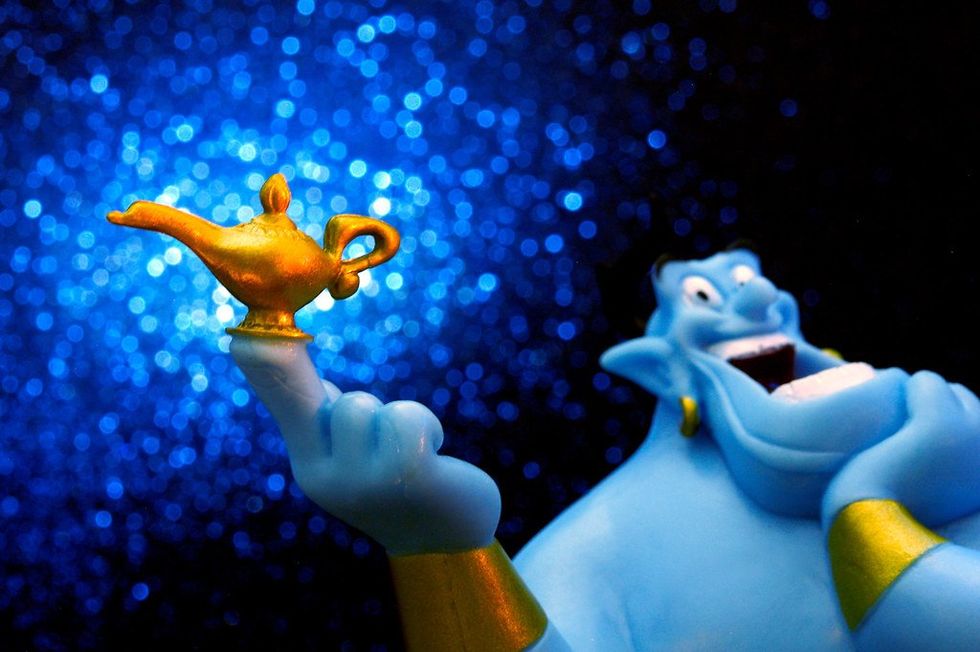 itty-bitty living space." | The Genie shows Aladdin how… | Flickr
itty-bitty living space." | The Genie shows Aladdin how… | Flickr shallow focus photography of dog and catPhoto by
shallow focus photography of dog and catPhoto by  yellow Volkswagen van on roadPhoto by
yellow Volkswagen van on roadPhoto by  orange i have a crush on you neon light signagePhoto by
orange i have a crush on you neon light signagePhoto by 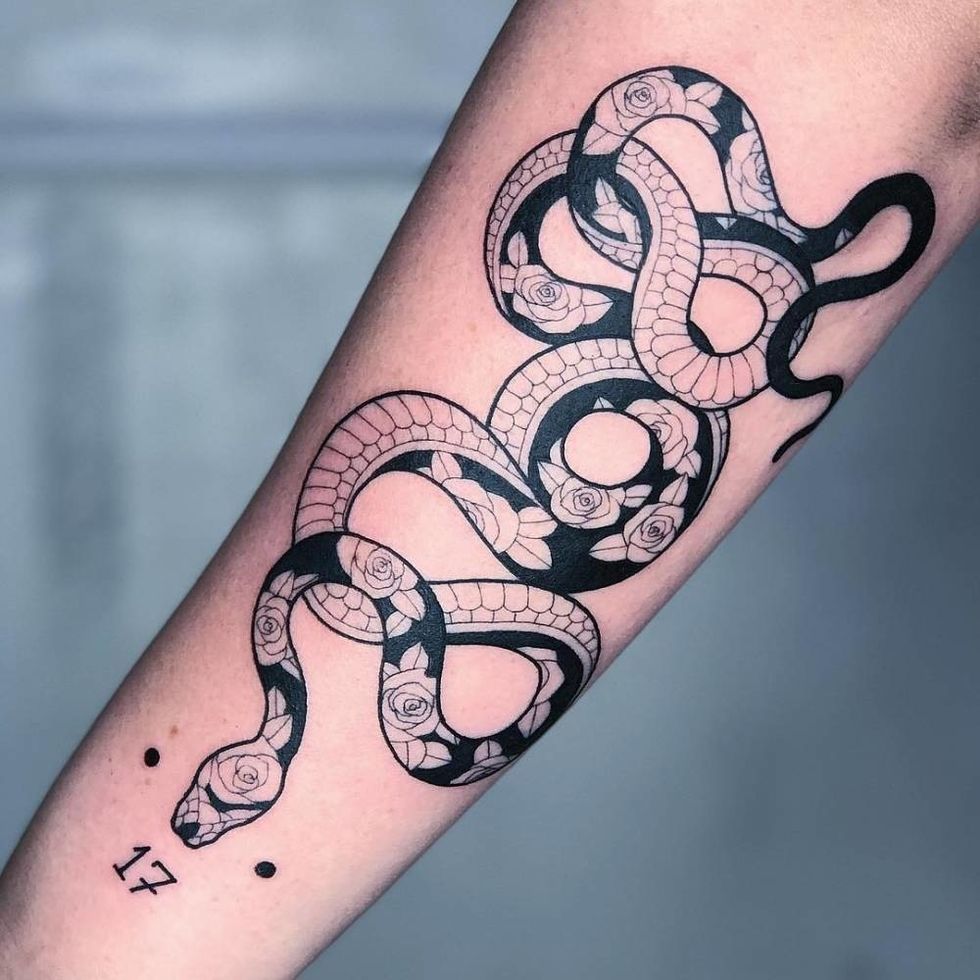 5 Tattoos Artist That Will Make You Want A Tattoo
5 Tattoos Artist That Will Make You Want A Tattoo woman biting pencil while sitting on chair in front of computer during daytimePhoto by
woman biting pencil while sitting on chair in front of computer during daytimePhoto by  a scrabbled wooden block spelling the word prizePhoto by
a scrabbled wooden block spelling the word prizePhoto by 
 StableDiffusion
StableDiffusion
 StableDiffusion
StableDiffusion
 StableDiffusion
StableDiffusion

 women sitting on rock near body of waterPhoto by
women sitting on rock near body of waterPhoto by 
 Photo by
Photo by 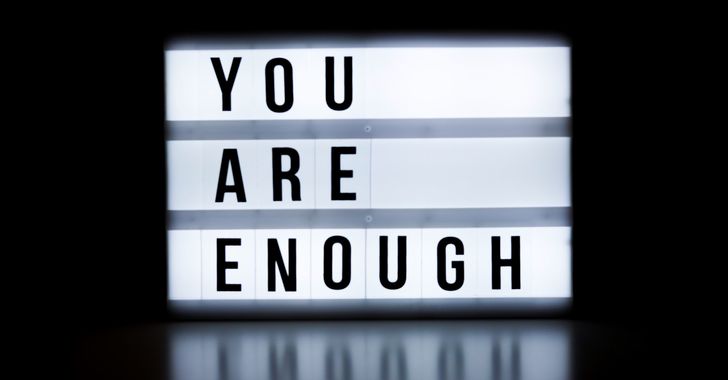 Photo by
Photo by 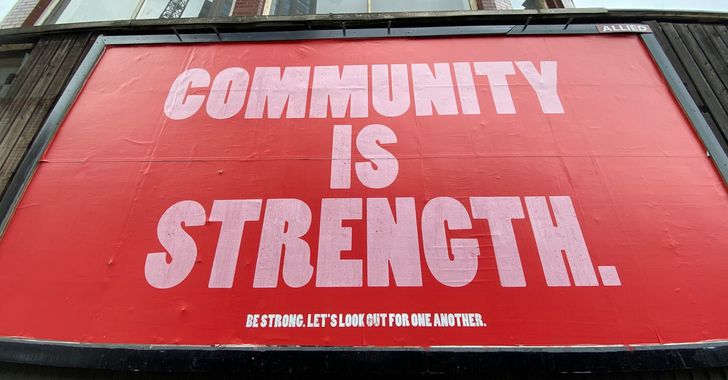 Photo by
Photo by  Photo by
Photo by  Photo by
Photo by  Photo by
Photo by  Photo by
Photo by  Photo by
Photo by  Photo by
Photo by  Photo by
Photo by 








